
So let me state this up front - this isn't a camera head-to-head in terms of the best imaging smartphone on the planet. That ship sailed with the Lumia 1020, the LG G4 and a couple of others. But when the Lumia 930/1520 were launched I did note that the oversampling benefit down to 5MP wasn't quite as marked as on the Nokia 808 and then 1020, with much higher native resolutions. In other words, there shouldn't be as much horror in using the full 16MP (in 16:9) resolutions. This seemed silly back at the start of 2014, but here we are in late 2015 and every decent smartphone camera is up in the 13MP to 16MP region, so such high resolutions aren't considered impractical anymore.
In addition, with the 930 sinking naturally in price as it gets older, the cost factor matches up well too, with the brand new Moto X Play, designed by Motorola to disrupt the market by offering a flagship camera (and battery). The Moto X Play has the same physical camera as the flagship style and it's one of the new generation of Sony sensors, so this should be a good imaging fight on all counts. Even overall device performance isn't dissimilar, with the 930's Snapdragon 800 not being that different from the more modern Snapdragon 615 inside the Moto X Play.
But on with imaging. Comparing the two is straightforward in that both produce 16MP photos in 16:9 format. Of course, the Lumia 930 does also produce a shareable, purer, oversampled 5MP version of each shot, but I'm looking here at the full resolution output, to compare like for like, pixel for pixel.
Notes:
- On the 930 I used the new Windows 10 Mobile Camera application, just for a change, though this is an evolution of Lumia Camera so there's little difference in practice.
- The crops below are all at 1:1 as usual. I've deliberately put in an emphasis on tricky subjects or conditions, to push the camera phones to the limit.
- There are no 'zoomed' shots, since both devices are already at the limits of their sensors - any zooming would be purely artificial.
- For HDR, I used 'Rich Capture' on the Lumia 930, essentially the same thing, other than the facility to adjust the bracketing mix later on, which I didn't use.
- In each case, the overview shot is from the Lumia 930, which I felt gave better, more reliable results overall.
| Note that the interactive comparator below uses javascript and does need to load each pair of images. Please be patient while this page loads, if you see a pair of images above each other than you've either not waited long enough or your browser isn't capable enough! |
Test 1: Landscape, sunny, HDR enabled
The Handley Herald near me, in sunshine. Here's the overall scene, for context:

In case you want to grab the original images to do your own analysis, here they are, from the Lumia 930 and Moto X Play, click the links to download. And here are detailed 1:1 crops, just wait to make sure the page has fully loaded and then use your mouse or trackpad pointer to compare the images:


A disappointing start to the X Play's contention, I have to put the blame on its HDR routines - with no OIS, there's no way to make completely sure that the multiple shots are framed identically. Or maybe the auto-focus was simply playing up. Conditions were absolutely perfect though, so there's really no excuse.
Test 2: Landscape, dramatic light differences, HDR enabled
A moody shot, with very bright sunshine in one spot and deep shadow in others. Here's the overall scene, for context:

In case you want to grab the original images to do your own analysis, here they are, from the Lumia 930 and Moto X Play, click the links to download. And here are detailed 1:1 crops, just wait to make sure the page has fully loaded and then use your mouse or trackpad pointer to compare the images:


Oh dear - the X Play's focussing can't be blamed here - its HDR routines are just rubbish - the Lumia 930 shows how it should be done, with the brightest spots and darkest corners all handled.
Test 3: Macro in sunshine, HDR enabled
A final HDR test, of a colourful (though slightly past its best) flower. Here's the overall scene, for context:

In case you want to grab the original images to do your own analysis, here they are, from the Lumia 930 and Moto X Play, click the links to download. And here are detailed 1:1 crops, just wait to make sure the page has fully loaded and then use your mouse or trackpad pointer to compare the images:
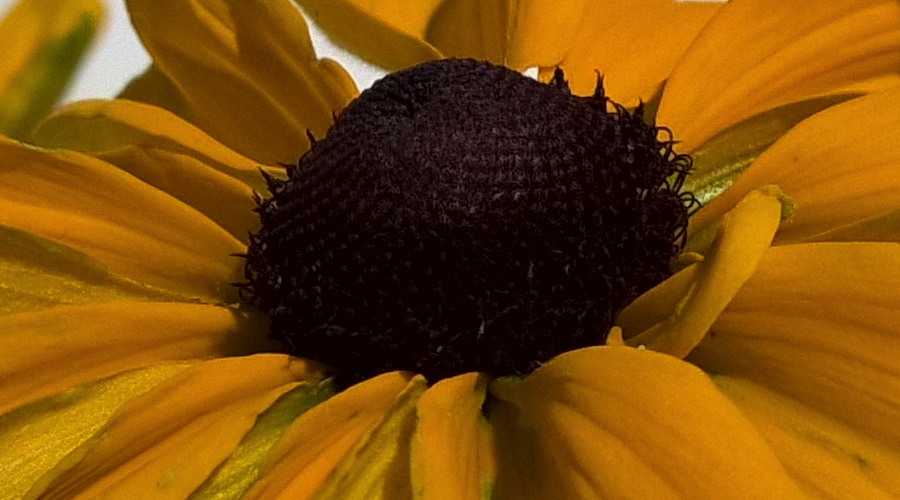
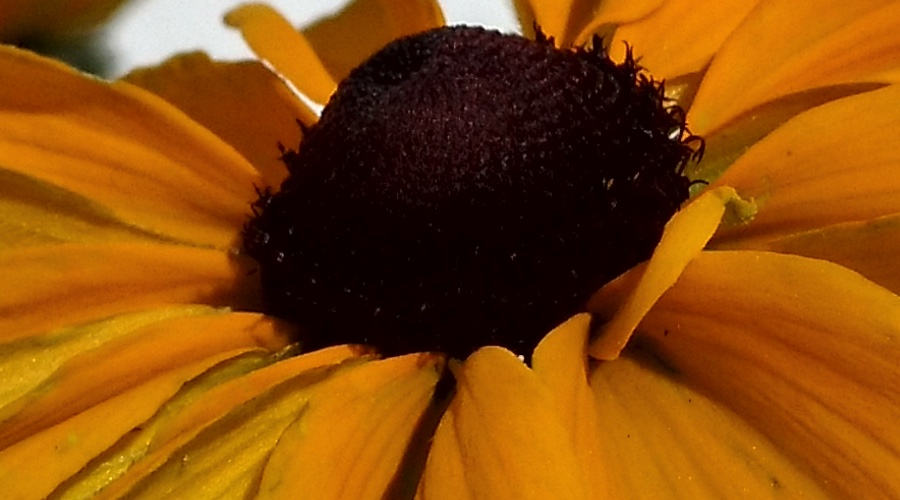
The shots are almost identical here, thankfully, though I'd still give the nod to the Lumia 930 in terms of bringing out detail. Wish I'd caught the flower a few days ago, at its peak though!
Test 4: Landscape, no HDR
Let's abandon HDR and simply shoot a 'normal' photograph, here using my default suburban window shot. Here's the overall scene, for context:

In case you want to grab the original images to do your own analysis, here they are, from the Lumia 930 and Moto X Play, click the links to download. And here are detailed 1:1 crops, just wait to make sure the page has fully loaded and then use your mouse or trackpad pointer to compare the images:

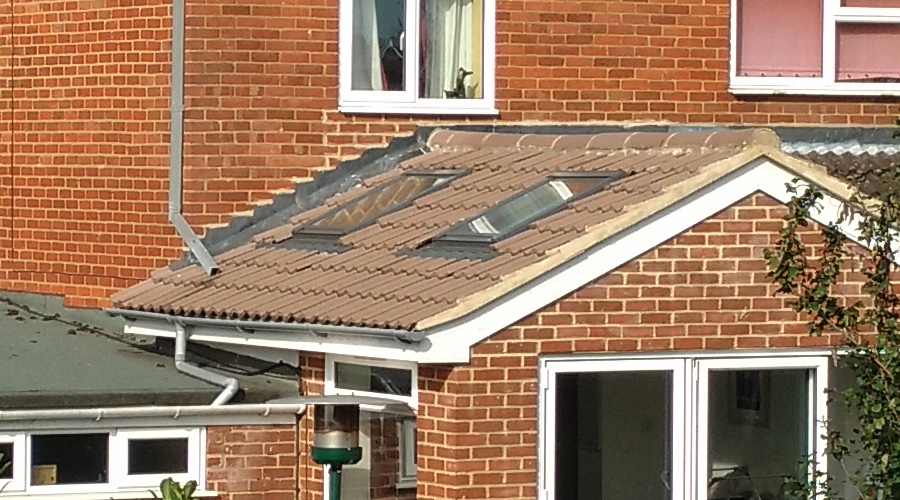
Again there's very little in it - both shots have a 'digital'/'processed' look but are otherwise perfectly fine. The 930 gives slightly more saturated colours overall, plus the greenery elements look more natural, but it would be too picky to choose an overall winner here.
Test 5: Low light, no flash
Time to test the sensors and any stabilisation systems, a macro of my treadmill's dashboard in extreme low light (much darker than the phone cameras make it seem! - I could hardly read any of the legends with the naked eye). Here's the overall scene, for context:
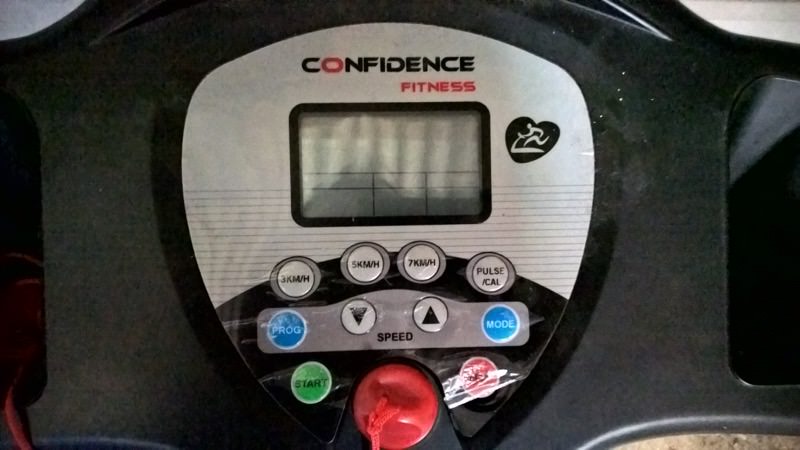
In case you want to grab the original images to do your own analysis, here they are, from the Lumia 930 and Moto X Play, click the links to download. And here are detailed 1:1 crops, just wait to make sure the page has fully loaded and then use your mouse or trackpad pointer to compare the images:
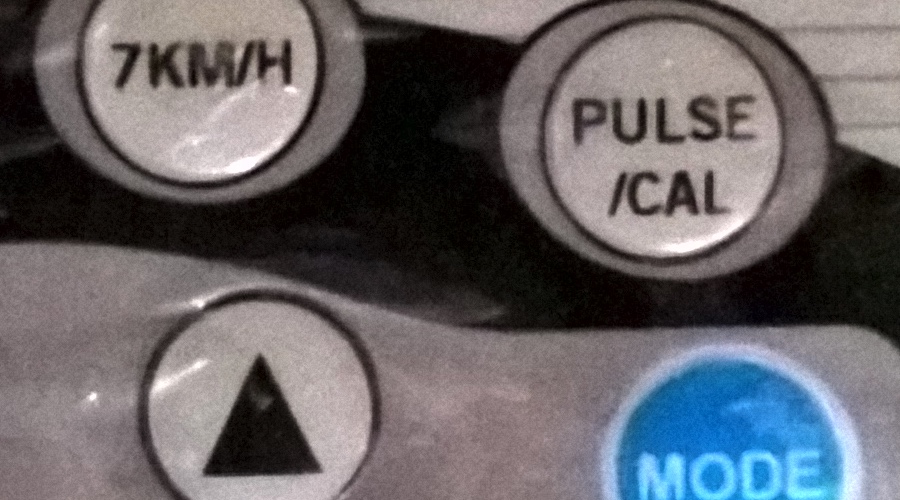
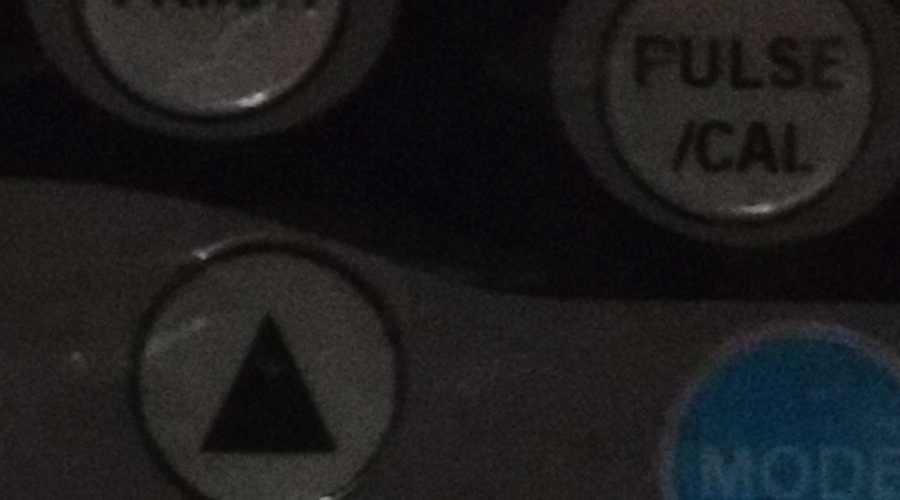
A dramatic difference, obviously, with the Lumia 930's OIS allowing the shot to be exposed for five times longer - the X Play's f/2.0 aperture does let more light in per unit time, but it's nowhere near enough to make up the difference. You could argue that the X Play shot is far closer to reality, but 99% of people would prefer the 930's useable photo, so accuracy is somewhat moot here.
Test 6: In the dark, party flash test!
My traditional, mocked up party movement shot, lit only by the flash of each device. Here's the overall scene, for context:

And here are detailed 1:1 crops, just wait to make sure the page has fully loaded and then use your mouse or trackpad pointer to compare the images:
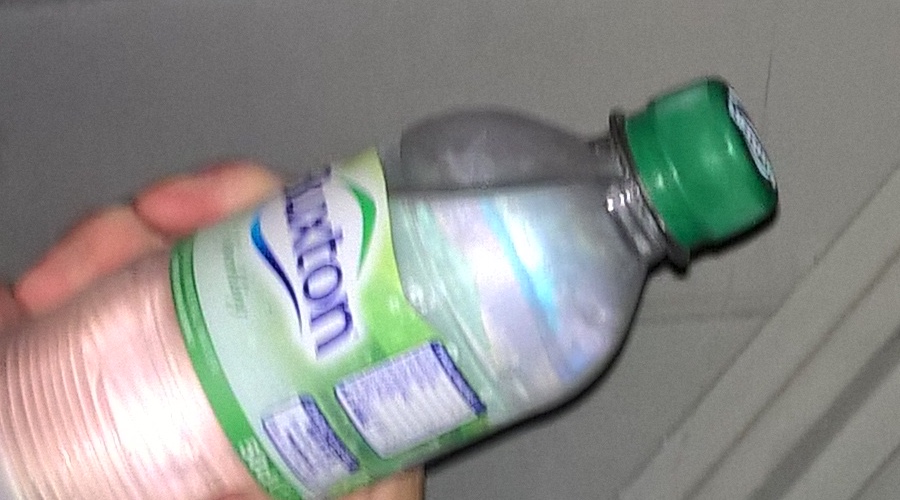
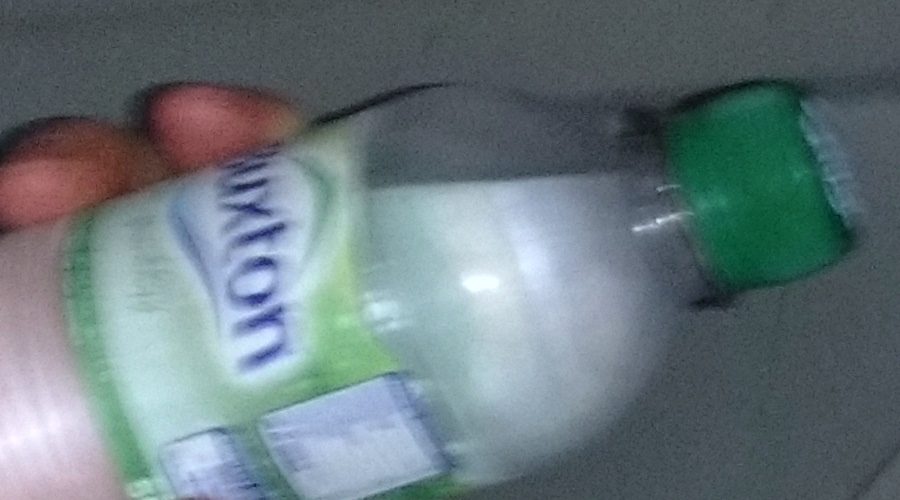
Neither shot is brilliant, of course, Xenon flash is needed for any kind of decent result here, with a moving subject. The Lumia 930's photo again has a slight edge, continuing the theme of this comparison, and I'd triple the edge because of the appalling shutter delay on most LED-lit Android shots these days - it's around two or three seconds. Sigh.
Verdict and musings
It's somewhat telling that, even 18 months after its introduction, the camera in the Nokia Lumia 930 still bests that in the 2015 Motorola Moto X Play, and by some margin overall. And this despite an 'old' aperture of f/2.4. Some of the credit has to go to the ZEISS optics, of course, and some to the world class OIS. And with a nod to the Rich Capture HDR, still miles more flexible that that from HDR on any other platform.
Of course, once you start looking at Android and iOS phones with OIS built-in, along with better optics, then the playing field is a lot more level, you'll remember how well the flagship LG G4 did against the 930 and 1020.
_________________
It was interesting using the Windows 10 Mobile Camera application in this feature - it does offer the 5MP oversampled mode, along with lossless 2x zooming into the sensor, but away from these tests I did try out zooming when in '16MP' mode - the application still lets you do this, even though it's lossy, blocky, traditional digital zoom, even keeping the output resolution the same and simply making up detail, and not very well. In contrast, the top Samsung Galaxy devices and the LG G4 are doing this digital zoom much better, interpolating between actual pixel detail much more intelligently.
So, if there's a message to the Windows 10 Mobile Camera developers, it's this:
- If you can't do a better job at digital zoom past the sensor resolution then either don't let the user zoom at all - or, better, simply crop into the 16MP resolution to offer a 'zoomed' version at lower resolution.
- Please re-enable dual capture and smart cropping. At the moment, if you take a '5MP' oversampled photo then that's all you have - Lumia Creative Studio's 'Crop' function has no underlying high resolution image to work from and so cropping just works down from 5MP.
PS. Thanks to Clove for the Moto X Play sample, full review coming over on The Phones Show and AndroidBeat, if you're interested!
